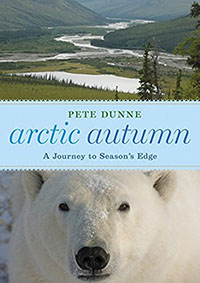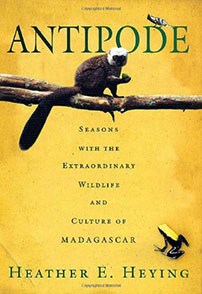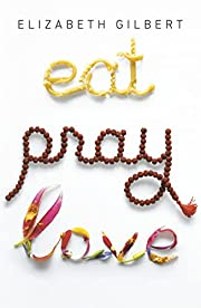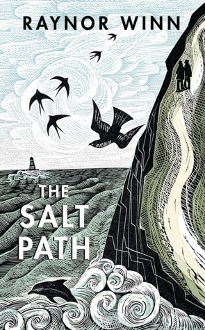This book is about Icelandic sagas and horses. The author tells how she first became interested in studying the sagas during university years, and took her husband to Iceland to rent out a summerhouse one year, where they would find solitude to work and write. She fell in love with the land, and its distinctive horses. I didn’t know how remarkably difference Icelandic horses are from other breeds (Arabians are too, in different ways). Also very different is how they are raised and trained, and the attitude of people towards them in Iceland. After visiting several times the author, a moderately experienced rider, decided she wanted to buy two Icelandic horses to take home to America. She returned alone specifically for this purpose. Which was made difficult by the fact that after some fifteen years spent studying the language, her conversational skills were still very basic. Her riding skills were above beginner level- but she wasn’t at all trained how to handle an Icelandic horse. She traveled around and rode many different horses to try them out, but couldn’t find one that she really connected with. And in spite of constantly repeating the phrase popular in Iceland that color doesn’t matter (a horse’s personality, willingness, smoothness of gait, etc being far more important in defining its quality) she kept being drawn to horses that had an attractive appearance (but other serious flaws that revealed upon handling). Then there was the tricky social aspect- her host expected her to purchase the mare he recommended (being known as a fine judge of horses) and was offended when she kept looking around. It was all very interesting to read about. The first half of the book was a bit less intriguing for me- having lots of asides about the language, and retelling bits of sagas that related to what the author was experiencing or thinking about. I liked it much better the further she got into testing out the horses, learning about what defined the Icelandic horse, trying to improve her skills in riding them, and so on. More about this was much to my liking. A great book.
Searching Iceland for the Perfect Horse
by Nancy Marie Brown

Rating: 4/5
230 pages, 2001









